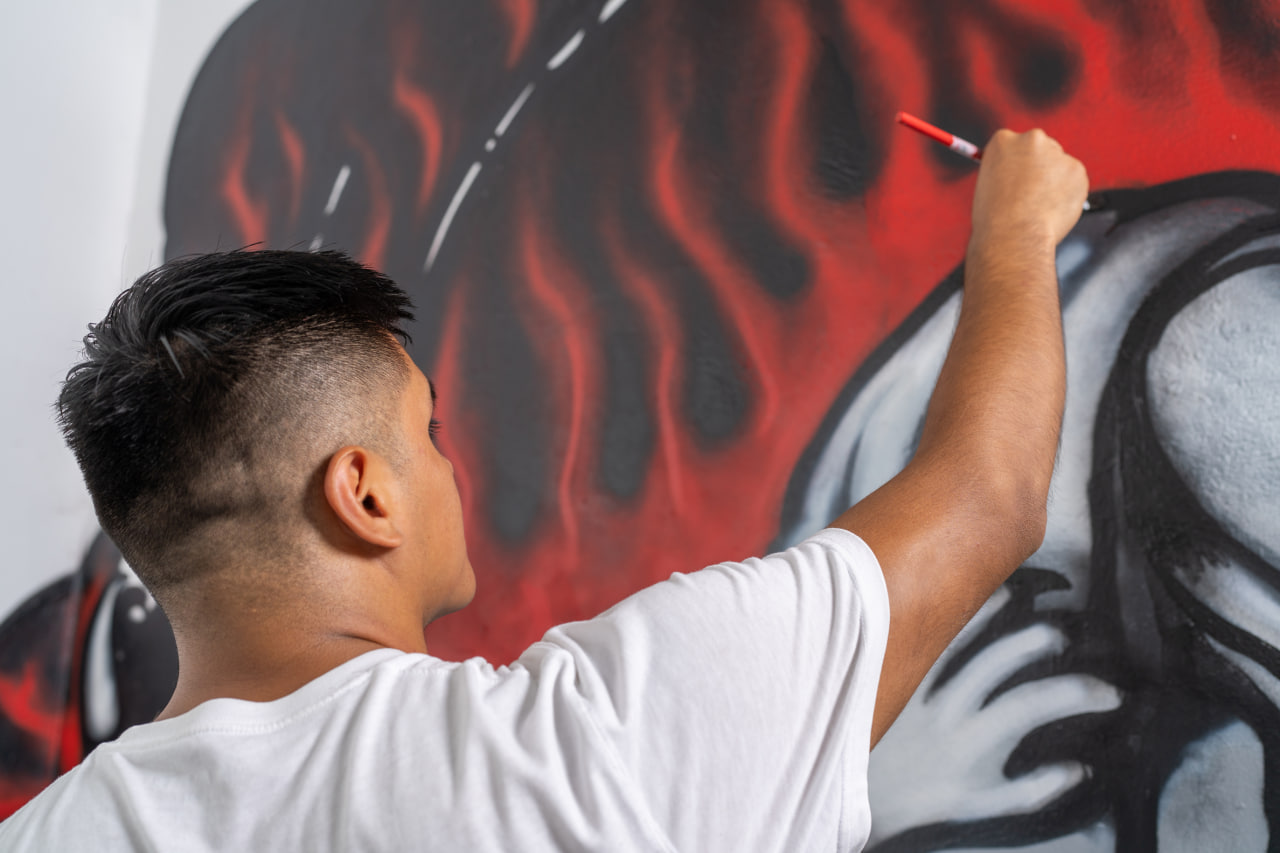The Evolution of Mural Art: From Ancient Frescoes to Modern Street Art
Mural art has accompanied humanity throughout history, reflecting culture, beliefs, and social change. From sacred temple walls to contemporary city streets, murals have served as a form of storytelling, decoration, and communication. Understanding how mural art has evolved helps us appreciate both its ancient traditions and its role in shaping today’s urban landscapes.
Ancient Beginnings of Mural Painting
The earliest forms of mural art can be traced back thousands of years. Prehistoric cave paintings, such as those found in Lascaux, France, used natural pigments to depict animals and hunting scenes. These early works were more than decoration; they carried symbolic meaning and offered a glimpse into the lives and beliefs of ancient people.
As civilizations developed, mural art became more sophisticated. Ancient Egyptians covered tomb walls with detailed frescoes showing gods, rituals, and daily life. These murals were meant to guide the deceased into the afterlife, blending art with spiritual purpose. In Mesoamerica, the Maya and Aztec civilizations produced vibrant murals filled with mythological themes and intricate patterns, often painted on temple walls.
The Influence of Frescoes in Classical Civilizations
In ancient Greece and Rome, mural art reached new heights with fresco painting. The technique of applying pigments to wet plaster allowed colors to fuse with walls, creating durable and vivid images. The frescoes of Pompeii and Herculaneum provide insight into Roman culture, showcasing scenes of mythology, landscapes, and domestic life.
Frescoes continued to dominate during the Renaissance, when artists such as Michelangelo transformed entire spaces into monumental works of art. The Sistine Chapel ceiling remains one of the most iconic examples of how murals could elevate architecture into a spiritual and cultural experience.
Murals as Tools of Religion and Power
Throughout history, murals were often used by rulers and religious institutions to communicate authority and inspire devotion. Medieval churches featured biblical murals to educate congregations, many of whom could not read. Palaces and civic buildings used large-scale artworks to celebrate victories, glorify leaders, and reinforce political power.
This tradition of using walls as canvases for ideological messages continued well into the modern era, with governments and social movements employing murals to convey collective identity and national pride.
The Rise of Modern Muralism
In the twentieth century, mural art underwent a transformation with the rise of modern muralism. One of the most significant movements emerged in Mexico after the revolution, where artists like Diego Rivera, José Clemente Orozco, and David Alfaro Siqueiros painted large public murals that depicted social struggles, workers, and indigenous heritage. Their works were accessible to the public, designed to educate and empower communities rather than remain confined to elite spaces.
This democratization of mural art influenced movements around the world, inspiring artists to create socially conscious murals in cities and communities. Murals became a medium for collective expression, political protest, and cultural pride.
Murals in the Age of Street Art
In recent decades, mural art has intersected with graffiti and street art, leading to a vibrant global movement. Street artists such as Banksy, Shepard Fairey, and countless local muralists have turned city walls into platforms for commentary on politics, consumerism, and identity. Unlike traditional murals commissioned by institutions, street art often emerges spontaneously, challenging viewers and reclaiming public space.
Cities worldwide now celebrate mural festivals, commissioning artists to transform neighborhoods with large-scale works. These modern murals blend fine art with urban culture, creating open-air galleries accessible to everyone.
The Continuity of Tradition and Innovation
While mural art has evolved dramatically from ancient frescoes to contemporary street art, its core purpose has remained consistent: to connect people through visual storytelling. Murals continue to reflect cultural values, document history, and inspire dialogue. What has changed is the audience and the accessibility. Today, murals are not limited to temples or palaces; they belong to the streets, workplaces, homes, and communities.

